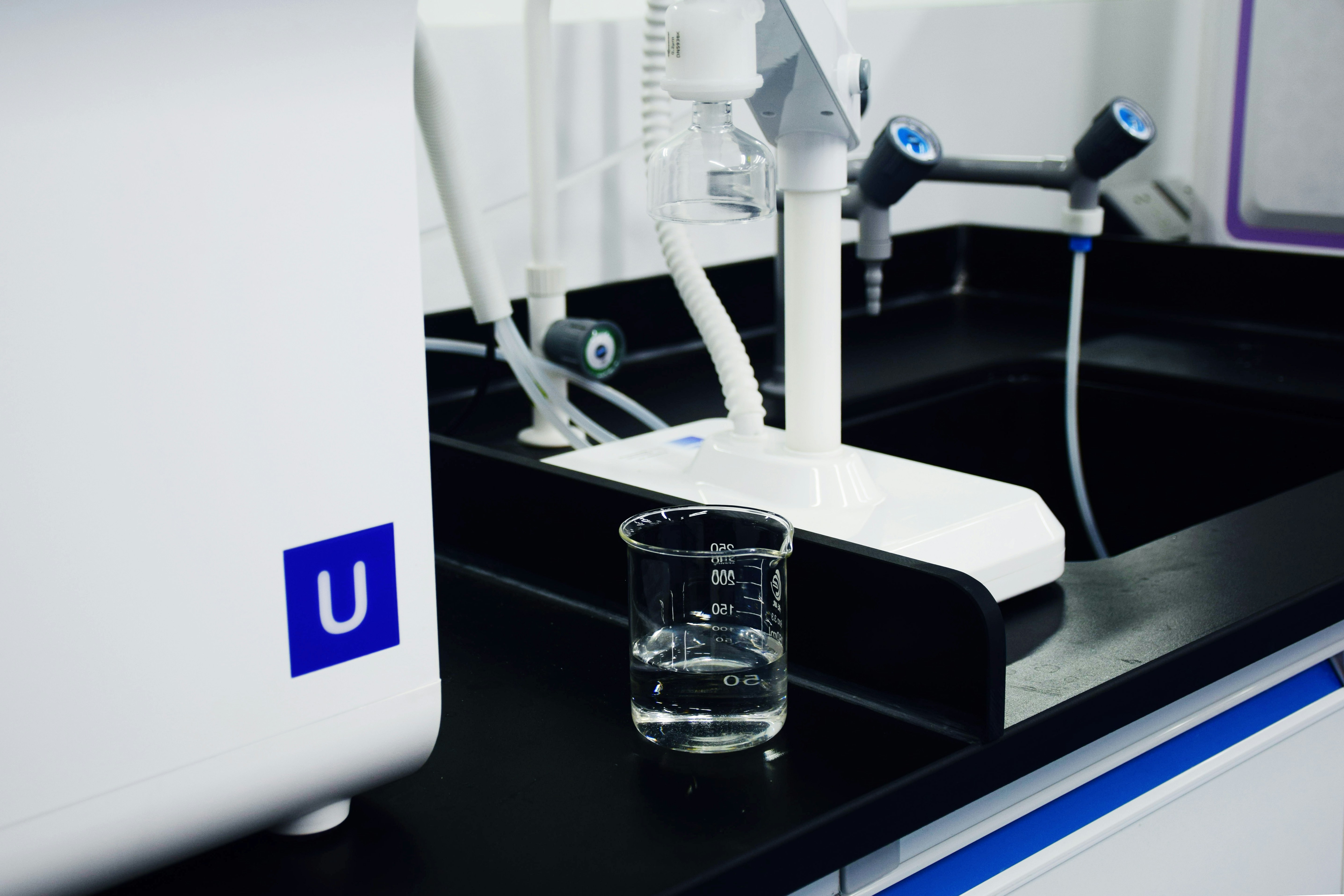Have you ever wondered how to identify signs of well contamination? As a first-time well owner, navigating the world of water quality and contamination can initially feel overwhelming. Your well is a crucial source of water, and ensuring that it’s safe for you and your family is paramount. Fortunately, there are numerous resources available to help you recognize the signs of contamination and take appropriate action.

Understanding Well Contamination
Being aware of what well contamination entails is the first step in safeguarding your water supply. Contamination occurs when harmful substances, such as bacteria, nitrates, chemicals, or heavy metals, infiltrate your well water. These pollutants can originate from various sources, including agricultural runoff, septic systems, and nearby industrial activities. Protecting your well involves staying informed about these potential hazards.
Common Sources of Well Contamination
Understanding the sources of contamination allows you to take preventative measures. Some common culprits include:
- Agricultural Runoff: Pesticides and fertilizers used in agriculture can seep into groundwater, contaminating wells.
- Septic System Failure: Poorly maintained septic systems can leak bacteria and viruses into nearby water sources.
- Industrial Pollution: Chemicals from factories can leach into the soil and contaminate groundwater.
- Natural Sources: Some minerals, like arsenic, naturally occur in the earth and can dissolve into well water.
Identifying Signs of Well Contamination
Recognizing signs of well contamination in your water is crucial for timely intervention. Contaminated water may not always exhibit obvious symptoms, but there are several indicators to watch for.
Visual and Sensory Clues
You can often detect contamination through changes in the appearance, taste, or smell of your water:
- Cloudiness or Discoloration: Water that appears cloudy or colored like brown or green might indicate contamination.
- Unpleasant Odors: A sulfur-like or rotten egg smell suggests the presence of certain sulfides.
- Off-Tasting Water: A metallic or chemical taste is a red flag that something may be amiss.
Health Symptoms
Consuming contaminated water can lead to health issues. Be mindful of symptoms such as:
- Gastrointestinal Problems: Stomach pain, nausea, and diarrhea could be caused by waterborne bacteria.
- Skin Irritations: Rashes and other skin issues might develop from exposure to contaminated water.
- Chronic Illnesses: Long-term exposure can increase the risk of certain chronic illnesses, such as cancer from arsenic.
Testing Your Well Water
The most reliable way to detect contamination is through water testing. Regular testing ensures that your well water remains safe.
Types of Water Tests
There are various tests available to identify different contaminants. Here are some common types:
| Test Type | What It Detects | Recommended Frequency |
|---|---|---|
| Bacteria Test | Coliform and E. coli bacteria | Annually |
| Nitrate Test | High levels of nitrates, often from fertilizers | Annually |
| pH Test | Acidic or alkaline properties | Every 3 years |
| Heavy Metals Test | Arsenic, lead, and other metals | Every 1 to 3 years |
| Chemical Test | Pesticides and volatile organic compounds | Every 3 to 5 years |
How to Conduct Water Testing
To conduct water testing, you have several options:
- Home Testing Kits: These kits allow you to collect samples and get immediate, although basic, results.
- Professional Labs: Sending samples to a certified lab provides more comprehensive and accurate results.
- Local Health Departments: They can offer guidance and sometimes assist in testing processes.
Resources for First-Time Well Owners
Navigating the responsibilities of owning a well can be daunting, but many resources provide valuable support and information to first-time well owners.
Government and Environmental Agencies
These agencies offer a wealth of information and assistance:
- Environmental Protection Agency (EPA): Provides guidelines and resources on well water safety and testing.
- United States Geological Survey (USGS): Offers data and information on water quality and contamination trends.
- State and Local Health Departments: They can provide localized advice and support for well owners.
Nonprofit Organizations
Several nonprofits are dedicated to helping you manage your well:
- Water Systems Council (WSC): Offers educational resources and webinars on well water safety.
- National Ground Water Association (NGWA): Provides information and connects you with local, certified contractors for maintenance and testing.
Community Forums and Support Groups
Connecting with other well owners can be beneficial. Online forums and local groups offer a platform to share experiences and advice, helping you feel less isolated in your journey as a well owner.
Maintaining Your Well
Routine maintenance of your well ensures long-lasting performance and safety. Incorporating these practices into your routine can prevent potential contamination issues.
Regular Inspections
Perform visual inspections of your well structure and surrounding areas at least once a year to identify any visible issues such as cracks or leaks.
Well Cleaning and Repair
Hire a professional to clean and service your well every 10 years or as needed to clear out sediment build-up and address any repairs.
Developing a Water Safety Plan
Creating a water safety plan helps you outline potential risks and the steps you will take if contamination occurs. This plan should include:
- Emergency Contacts: List of professional contractors and health department numbers.
- Regular Testing Schedule: A calendar for all necessary future tests.
- Maintenance Log: Record of all inspections, cleanings, and repairs performed on your well.
Prevention: Protecting Your Well from Future Contamination
Implementing preventative measures can significantly reduce the risk of your well becoming contaminated.
Proper Well Construction
Ensure that your well is professionally constructed and properly sealed to prevent surface water contamination.
Safe Chemical Practices
Store chemicals like paints, pesticides, and fertilizers away from your well, and use them according to the manufacturer’s instructions to prevent runoff.
Septic System Maintenance
Regular inspections and maintenance of your septic system reduce the risk of leakage into the surrounding groundwater.
Recognizing the Importance of Professional Help
While you can manage many aspects of well safety independently, there are times when professional help is invaluable.
When to Call a Professional
Consider hiring professionals when:
- Serious Contamination is Detected: If tests indicate significant contamination, professionals can assist in remediation.
- Structural Repairs Are Needed: When repairs require expertise beyond routine maintenance.
- Building a New Well: Professionals ensure proper construction and compliance with safety standards.
Choosing a Certified Contractor
Select contractors certified by reputable organizations like the NGWA to ensure expertise and quality service.
Conclusion
Understanding and identifying well contamination can seem complex, but with the right knowledge and resources, you can protect your water supply effectively. From recognizing signs of contamination to regular water testing, numerous steps ensure your well remains a safe and reliable source of water. By using available resources from government agencies, nonprofit organizations, and community groups, you can confidently navigate the responsibilities of being a well owner. Regular maintenance, preventive measures, and professional assistance when needed will keep your well water safe for many years to come. Being proactive about your well’s health not only safeguards your water supply but also ensures peace of mind for you and your family.



